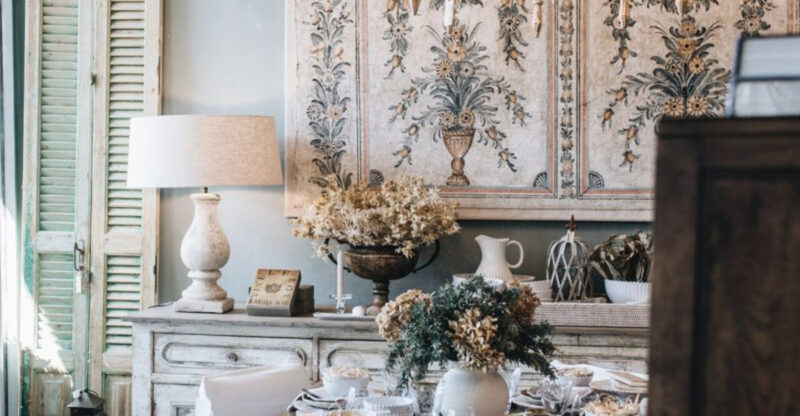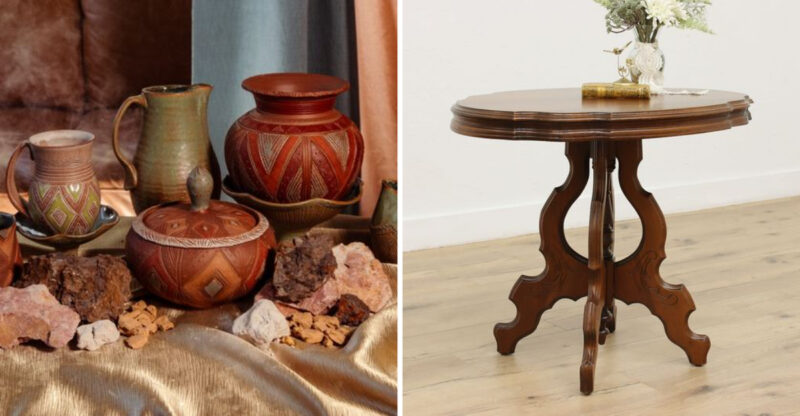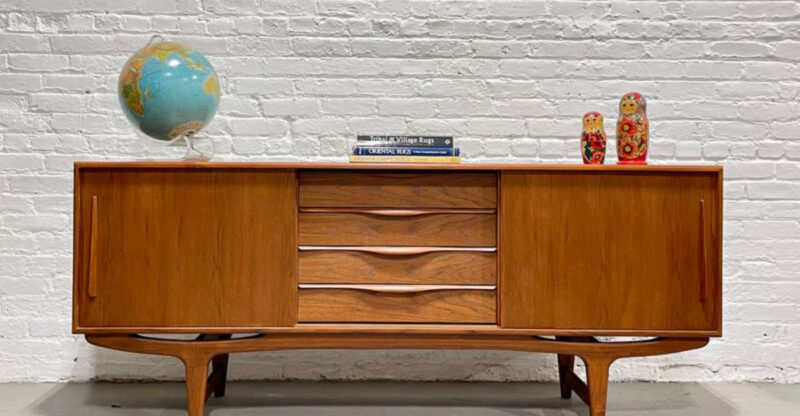8 Antiques To Hunt For In Vermont This Year And 8 To Avoid
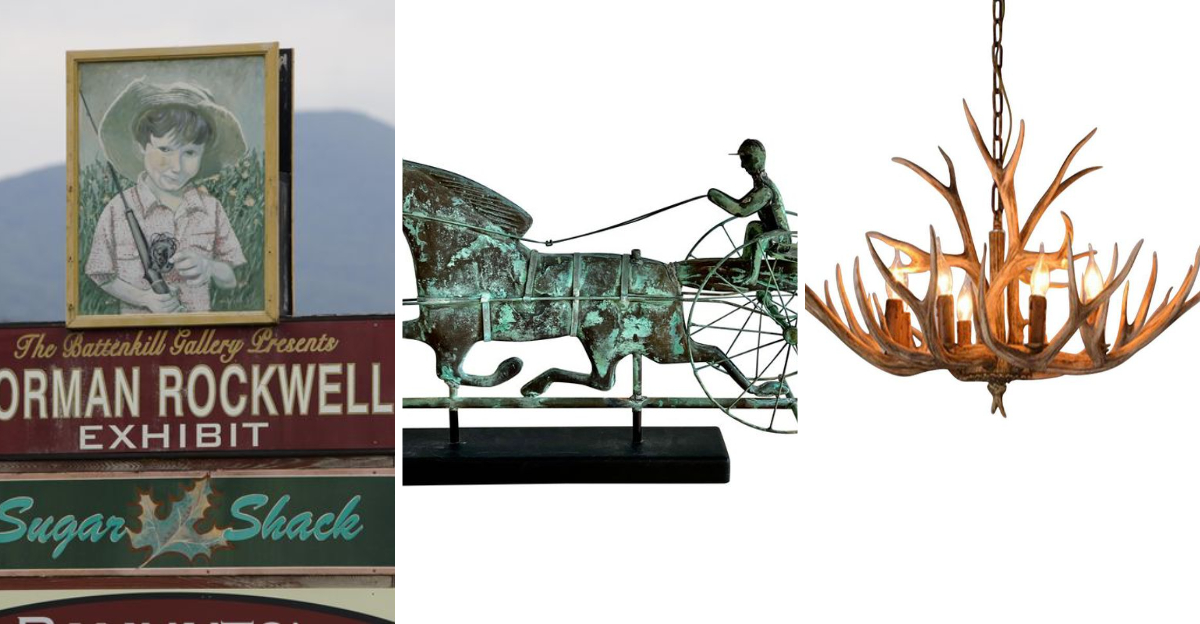
Vermont’s charming antique shops and bustling flea markets are treasure troves for collectors and decorators alike.
The Green Mountain State has a rich history of craftsmanship, with unique pieces that tell stories of early American life.
Before you hit the road for your next antiquing adventure, it helps to know which items are worth your time and money and which might leave you with buyer’s remorse.
1. Vintage Maple Furniture
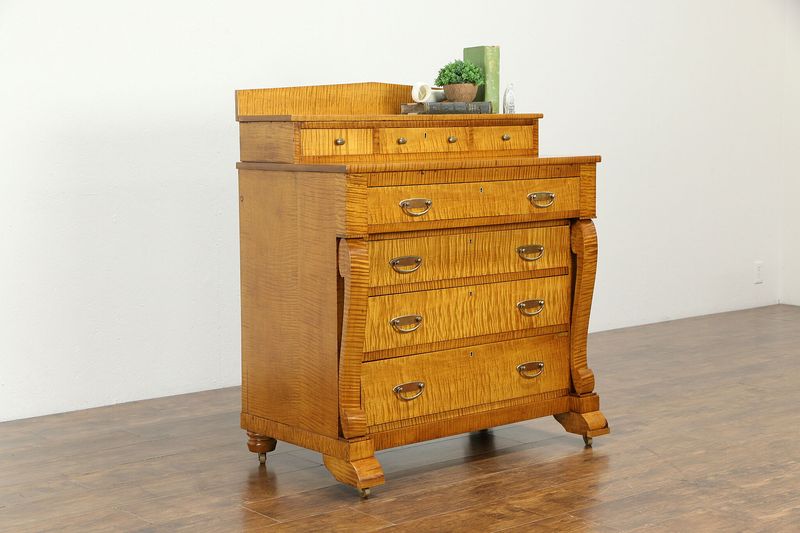
Maple furniture from Vermont represents true New England craftsmanship at its finest. The sturdy construction and honey-golden patina develop a character that can’t be replicated by modern manufacturing techniques.
I’ve found these pieces often feature dovetail joints and other handcrafted details that demonstrate exceptional workmanship. Many pieces date back to the 18th and 19th centuries when Vermont was a hub for furniture production.
Look for tiger maple (also called curly maple) with its distinctive wavy grain pattern this variety commands premium prices but is absolutely worth the investment. The natural aging process gives these pieces a depth and warmth that makes them focal points in any room.
2. Early New England Graniteware
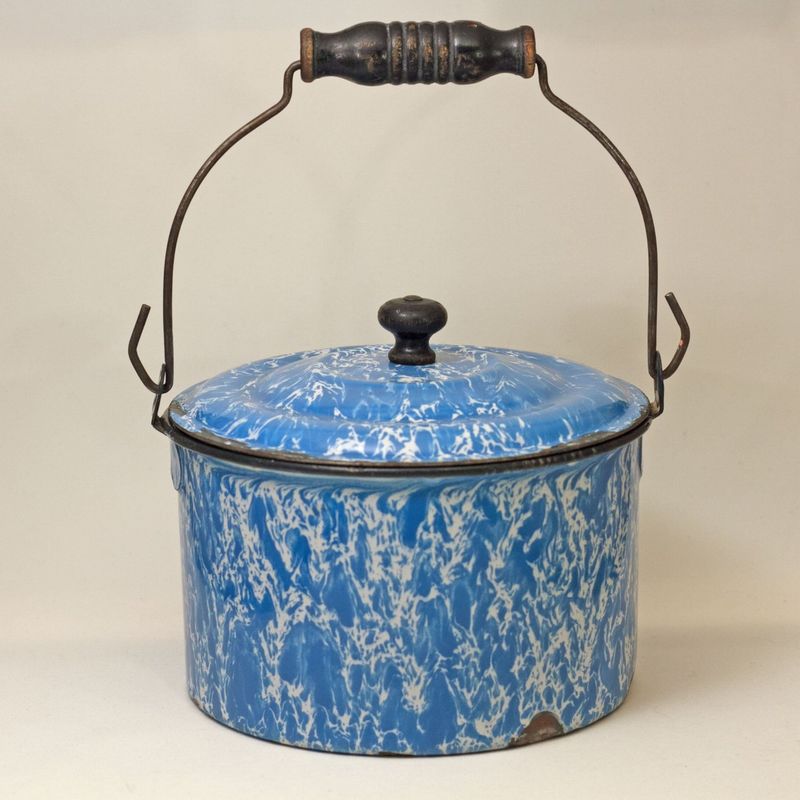
Early New England graniteware pieces showcase a beautiful marriage of function and rustic charm. These speckled enamelware items often in blue, gray, or red were kitchen workhorses in Vermont homesteads from the 1800s through early 1900s.
When hunting for authentic pieces, I check for signs of hand-finishing and period-appropriate construction. The most valuable examples feature hand-painted decorations or unusual shapes specific to New England manufacturers.
Graniteware coffee pots, double boilers, and large mixing bowls are particularly sought-after by collectors. The gentle wear patterns on these utilitarian pieces tell stories of generations of use in Vermont kitchens, making them both historical artifacts and beautiful decorative items for modern homes.
3. Hand-carved Shaker Wooden Pieces
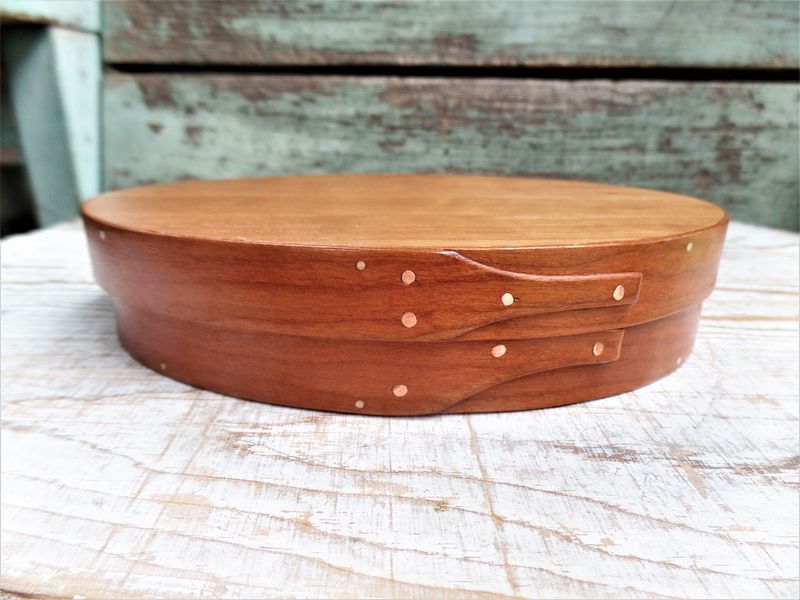
Shaker craftsmanship represents the pinnacle of simplicity, functionality, and quality – principles that align perfectly with Vermont’s heritage.
The clean lines and minimalist design of authentic Shaker pieces make them highly compatible with contemporary interiors. Did you know Vermont was home to several Shaker communities? Their legacy lives on in meticulously crafted wooden boxes, benches, and cabinets. I especially prize the oval boxes with their delicate finger joints and natural finishes that have developed rich patinas over decades.
Authentic Shaker pieces never feature excessive ornamentation – their beauty comes from perfect proportions and exceptional craftsmanship. When examining potential purchases, look for smooth, even construction and signs of hand tools rather than machine production.
4. Antique Vermont Marble Items
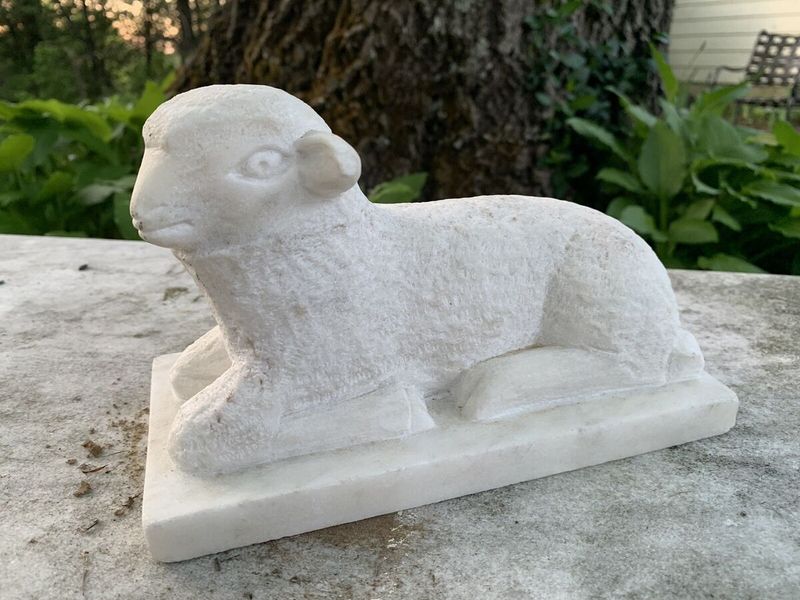
Vermont’s renowned marble industry has produced spectacular decorative and functional pieces since the early 19th century. The state’s distinctive white, gray, and green marbles from quarries in Proctor and Danby possess unique veining patterns that marble enthusiasts can identify on sight.
Small Vermont marble items like paperweights, bookends, and mortars with pestles make excellent entry points for new collectors. These pieces carry historical significance while remaining reasonably priced compared to larger marble items.
When examining potential purchases, I always check for chips or cracks, though minor wear is expected and adds character. The cool, smooth texture of genuine Vermont marble has a distinctive feel that’s impossible to replicate – run your fingers across the surface to experience this tactile pleasure.
5. Folk Art Weathervanes
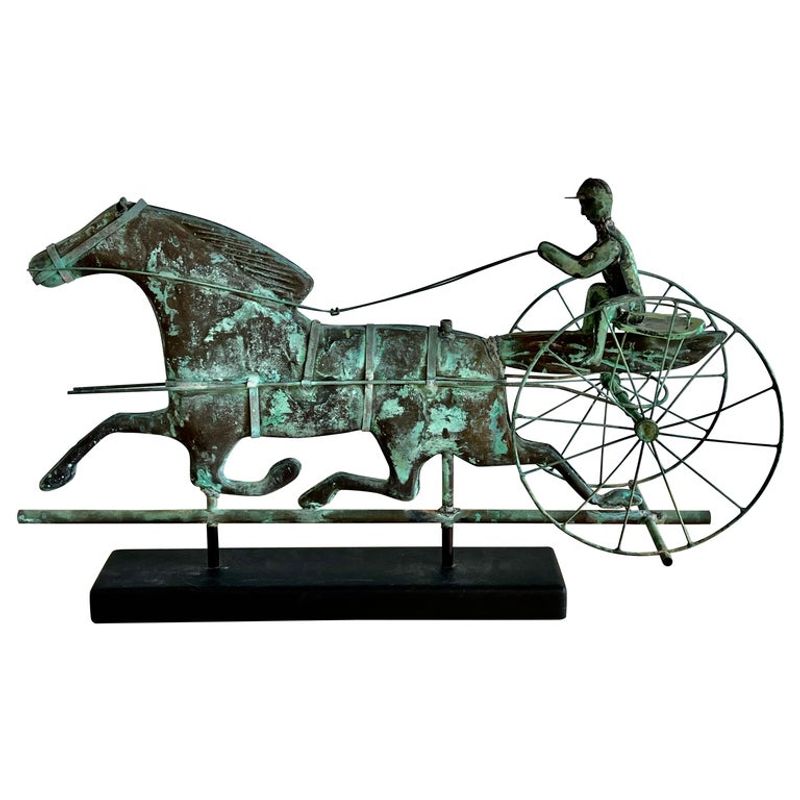
Vermont folk art weathervanes represent a perfect blend of functionality and artistic expression. These copper or zinc creations topped barns and houses throughout the 19th and early 20th centuries, developing magnificent verdigris patinas over decades of exposure to the elements.
The most valuable examples feature unique designs – horses, roosters, and other farm animals are common, but rare figures like mermaids or locomotives command premium prices. I’m particularly drawn to weathervanes with original gold leaf details that have partially survived the years.
Authentication is crucial in this category where reproductions abound. Look for uneven weathering, old repair work, and bullet holes (farmers often used weathervanes for target practice). A genuine antique weathervane brings a piece of Vermont’s agricultural heritage into your home.
6. Pine Floorboards Repurposed as Tabletops
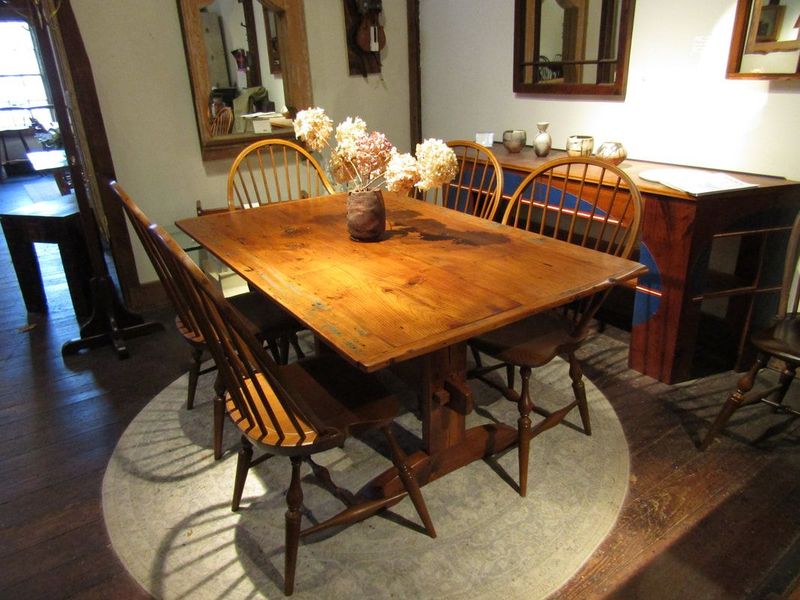
Old-growth pine salvaged from historic Vermont buildings offers unmatched character for modern furniture. These wide planks – often 12-24 inches across – came from trees that no longer exist in such magnificent sizes today.
The repurposing of these materials preserves a piece of Vermont architectural history. I’ve seen stunning dining tables crafted from floorboards that once supported generations of Vermont families, complete with original square nail holes and rich amber coloration that only comes from centuries of aging.
When shopping for these pieces, examine the wood’s patina carefully – authentic old-growth pine has a depth and richness that new distressed wood can’t match. The best examples maintain the original surface wear patterns while being thoughtfully repurposed into functional furniture that will last another century or more.
7. Quilts with Traditional Appliqué Patterns

Vermont’s textile traditions shine in hand-stitched quilts featuring intricate appliqué work. These fabric treasures often showcase regional motifs like maple leaves, farm scenes, or geometric patterns unique to New England quiltmaking traditions.
The most valuable examples date from 1800-1920 and feature tiny, consistent stitches evidence of exceptional handcraftsmanship. I’m particularly drawn to quilts with documented provenance connecting them to specific Vermont families or communities. When examining antique quilts, gently check for condition issues like fabric deterioration or staining.
Minor wear is expected and doesn’t significantly diminish value for most collectors. These textiles connect us directly to the women who created them, often working collaboratively during long Vermont winters, making them both artistic achievements and historical documents of rural life.
8. Rustic Beehive Bake Ovens
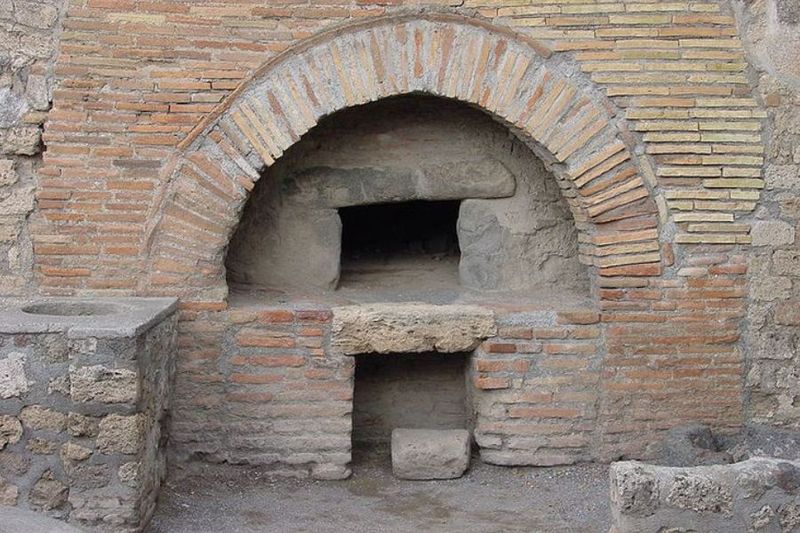
Beehive bake ovens represent a fascinating piece of Vermont’s culinary history. These dome-shaped structures, typically built from brick or stone, were essential for bread baking in early New England homesteads before modern cooking appliances.
Finding intact examples is increasingly rare, making them valuable collector’s items. Some Vermont restoration specialists now create smaller versions of these historic ovens for modern homes, perfect for serious bakers wanting to experience traditional cooking methods. If you’re lucky enough to find an original, check for structural integrity and signs of appropriate aging.
The thermal properties of authentic beehive ovens create a baking environment impossible to replicate in conventional ovens. These pieces connect us directly to Vermont’s self-sufficient agricultural past when families produced most of their food from their own land.
9. Velvet-upholstered Victorian Chairs
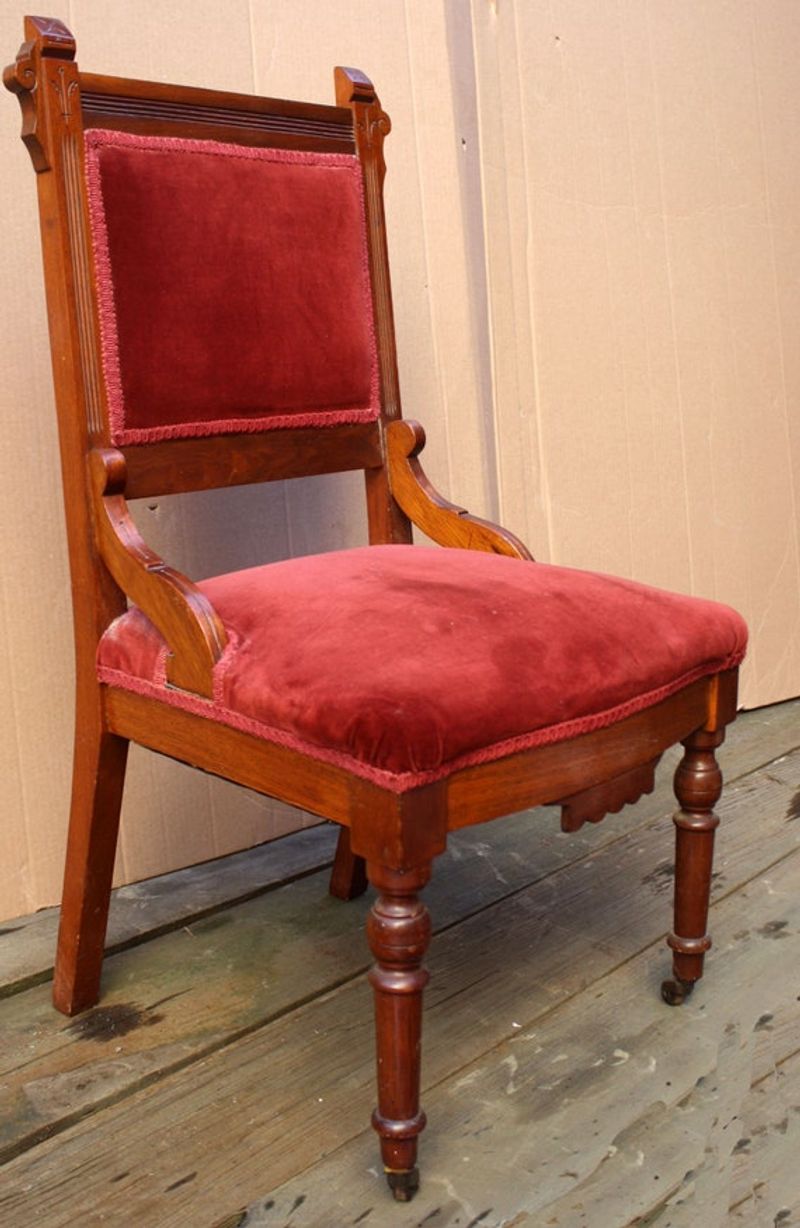
Velvet Victorian chairs might seem like elegant additions to your Vermont farmhouse, but I’d suggest steering clear. These ornate pieces typically clash with the state’s more rustic aesthetic and practical furniture traditions.
Most Victorian furniture found in Vermont was actually imported from urban manufacturing centers, making it less authentic to local heritage. The velvet upholstery is particularly problematic – it’s frequently damaged, costly to restore properly, and often harbors decades of dust and allergens. Many examples on the market are poor-quality reproductions or heavily modified originals.
If you’re determined to own Victorian furniture, focus on simpler wooden pieces with minimal upholstery that better complement Vermont’s architectural styles. The maintenance requirements and fragility of velvet chairs make them impractical for most modern homes.
10. Gilded Gold-trimmed Mirrors

Gilded mirrors with elaborate gold trim rarely belong in authentic Vermont interiors. These flashy pieces typically contradict the state’s heritage of simple, functional design and natural materials.
The gold leaf on these mirrors often deteriorates poorly, developing unsightly black spots or flaking off entirely. Restoration requires specialized skills and materials that few local craftspeople offer, making repairs prohibitively expensive.
Many examples sold as “antiques” are actually mass-produced reproductions from the 1960s-1980s with artificial aging. If you’re seeking authentic Vermont mirror styles, look instead for simple wood-framed examples or primitive mirrors with painted surrounds. These understated pieces better reflect the state’s aesthetic traditions and complement other regional antiques without creating jarring visual contrasts.
11. Mass-produced Ceramic Knickknacks
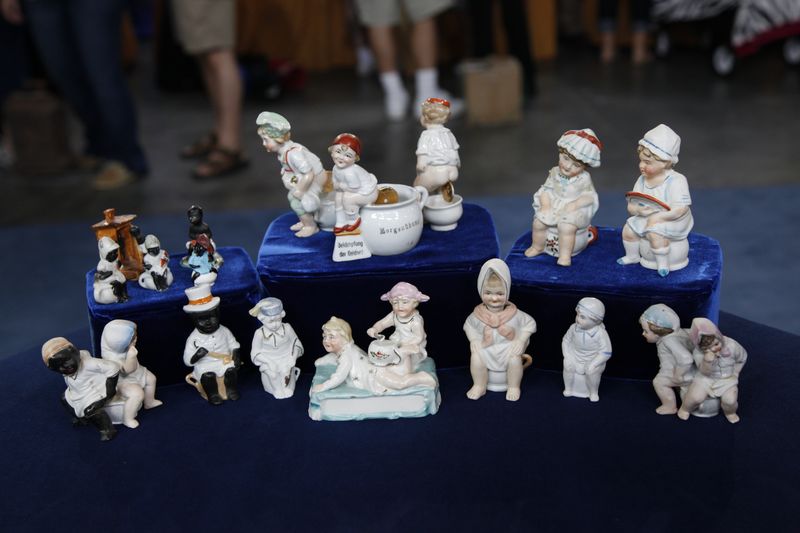
Mass-produced ceramic figurines flood Vermont antique shops but offer little authentic connection to local heritage. These items – often marked “Made in Japan” or “Made in China” – were cheap decorative imports that have little historical or artistic significance.
Many sellers mistakenly (or deliberately) market these as “Vermont farmhouse finds” despite their foreign origins. The quality varies dramatically, with most pieces showing poor craftsmanship compared to handmade American ceramics. If ceramic decoratives interest you, focus instead on locally-made Vermont pottery with documented provenance.
Bennington pottery, with its distinctive glazes and regional designs, represents a much more authentic collecting category. These mass-produced figurines rarely appreciate in value and often become the “junk” of tomorrow’s yard sales – making them poor investments both aesthetically and financially.
12. Overdone Country-style Photo Frames

Country-style photo frames with excessive hearts, stars, and folksy sayings represent one of the most common antique shop disappointments. Despite being marketed as “vintage Vermont,” most of these frames date from the 1980s-1990s country decor boom.
The construction quality typically involves cheap pine or composite materials rather than authentic craftsmanship. Many feature machine-stamped decorations attempting to mimic hand-carving but lacking the subtle variations that make genuine folk art valuable. These frames often can’t properly protect valuable photographs due to non-archival materials.
If you’re seeking authentic Vermont picture frames, look for simple, well-constructed examples with natural finishes that have developed genuine patina over time. The best frames showcase the wood’s natural beauty rather than hiding it beneath excessive decorative elements.
13. Tacky Souvenir Spoons

Souvenir spoons with Vermont scenes rarely qualify as genuine antiques worth collecting. Most examples date from the mid-20th century tourist boom rather than representing authentic Vermont craftsmanship or history.
The quality varies dramatically, with many pieces showing poor silver plating that has worn through or discolored over time. The designs typically feature stereotypical Vermont imagery rather than historically significant motifs. These mass-produced items were manufactured far from Vermont, usually in factories producing identical spoons for every tourist destination in America.
If silverware interests you, focus instead on coin silver pieces made by documented Vermont silversmiths from the 18th and 19th centuries. These authentic pieces carry genuine historical significance and craftsmanship that tourist spoons simply can’t match.
14. Low-quality Reproduction Signs
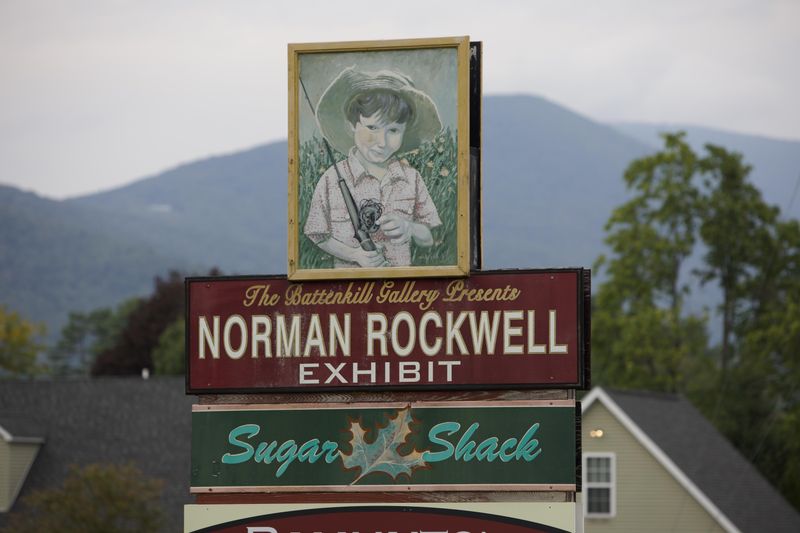
Reproduction advertising signs with artificially aged finishes flood Vermont antique markets. These pieces attempt to mimic genuine vintage advertising but use modern production techniques that trained collectors spot immediately. The aging processes typically involve shortcuts like using tea stains or sandpaper rather than developing authentic patina over decades.
Many feature historical inaccuracies in fonts, colors, or product details that reveal their recent origins. If you’re interested in authentic advertising materials, learn to identify genuine aging characteristics like uneven fading, appropriate rust patterns, and period-correct manufacturing techniques.
Authentic Vermont advertising signs from sugar houses, general stores, or local businesses command high prices for good reason – they represent genuine historical artifacts rather than mass-produced decorations. The knowledge required to authenticate these pieces makes them a challenging but rewarding collecting category.
15. Overpainted Farmhouse Tables
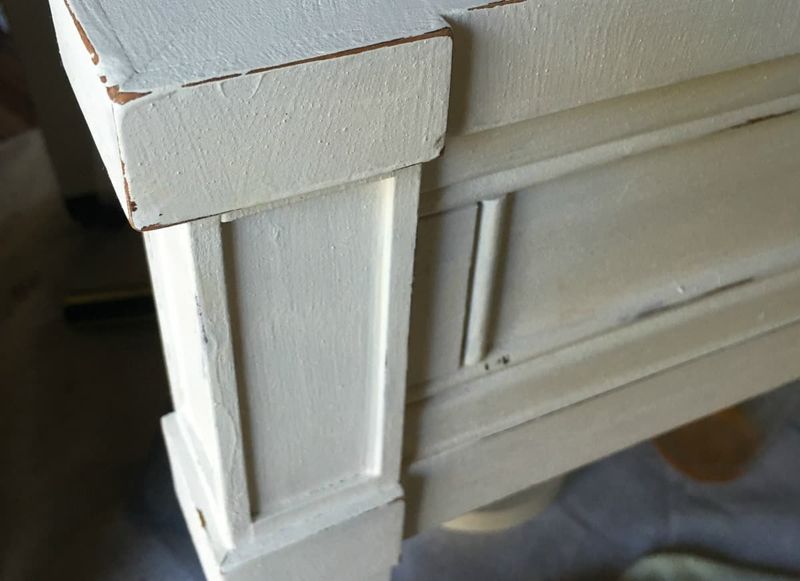
Farmhouse tables slathered in chalk paint represent one of the most unfortunate trends in Vermont antiques. These pieces often began as authentic 19th-century tables before sellers applied trendy paints that obscure their genuine character and history.
The thick paint layers hide important construction details that help authenticate and date these pieces. Many sellers use painting to disguise damage or poor-quality repairs that would otherwise reduce the table’s value. When shopping for farmhouse tables, look for examples with original finishes or those that have been carefully restored to reveal natural wood.
The best Vermont tables feature old-growth pine or maple with natural color variations, saw marks, and patina that tell the story of their use over generations. A thoughtfully preserved original surface will always hold more value than trendy paint treatments.
16. Faux Antler Chandeliers
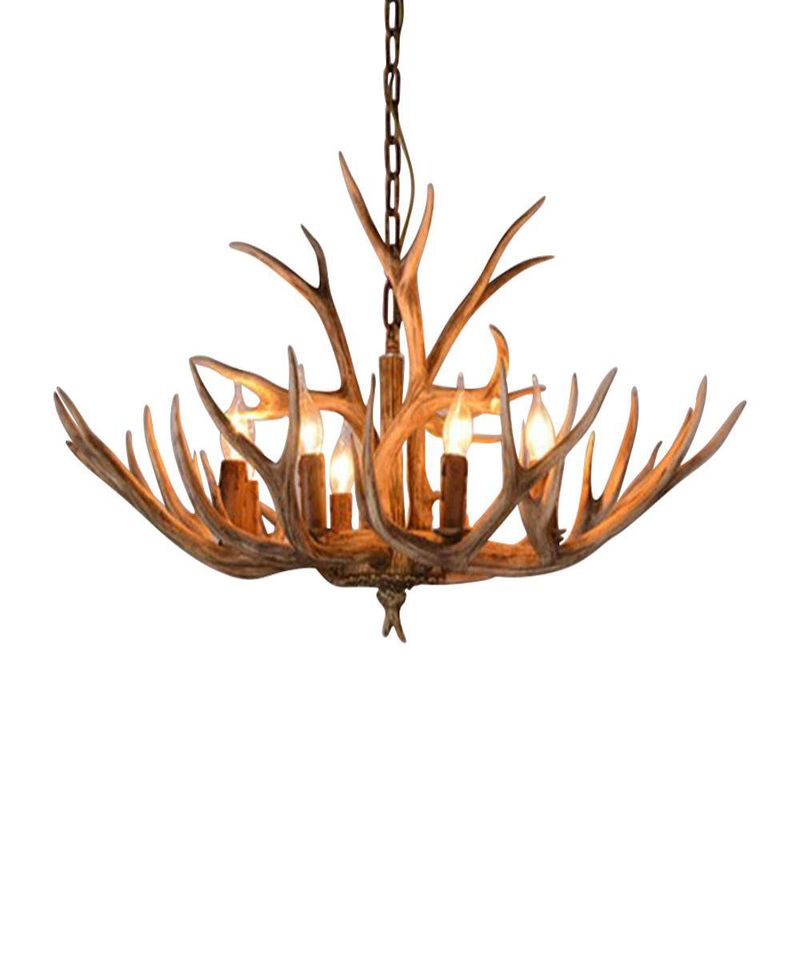
Faux antler chandeliers represent a recent decorating trend with little connection to authentic Vermont heritage. While genuine antler lighting fixtures have historical precedent in hunting lodges, the mass-produced resin versions flooding the market lack both craftsmanship and regional authenticity.
Many sellers misrepresent these as “vintage” despite their recent manufacture. The materials typically age poorly, with resin versions yellowing or becoming brittle over time. If rustic lighting interests you, seek out genuine Vermont craftsman-made fixtures incorporating local materials like hand-forged iron or native woods.
These authentic pieces connect more meaningfully to Vermont’s craft traditions while offering superior quality and longevity. The best antique lighting reflects the region’s emphasis on simple, functional design rather than exaggerated rustic aesthetics that feel more appropriate to Western lodges than New England homes.


